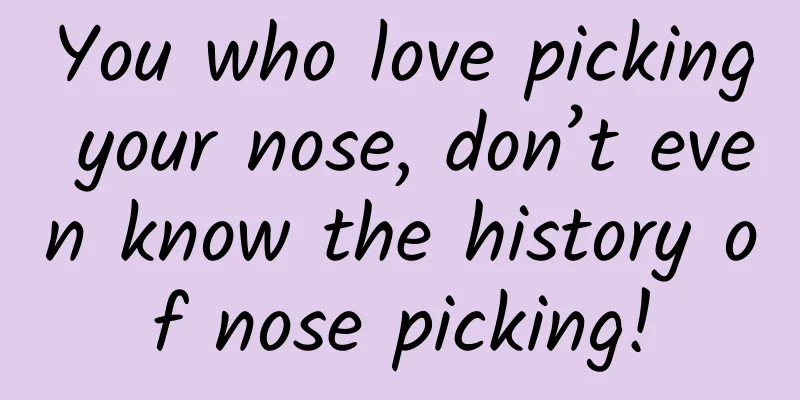How are diamonds cut? Do they cut themselves?

|
Diamonds are considered money-eating beasts by some men and the apple of their eye by some women. In essence, diamonds are a special mineral—one of the hardest substances and rare in production. Image source: hippopx How Diamonds Are Cut How does this ordinary raw ore become a priceless and dazzling diamond? Can diamonds really cut themselves? In the past, technology was not yet developed, and people could only polish diamonds by hand in the most primitive way, that is, "cutting themselves". They would rub diamonds with equally hard diamonds, and the two would wear out in the same proportion, achieving the purpose of "cutting" through a little bit of wear and tear. Since the original diamond has a natural shape close to an octahedron, people initially just polished it and wore it. However, with people's further pursuit of beauty and the continuous development of science and technology, the process of cutting diamonds has become more standardized and streamlined. Currently, there are four main steps in diamond cutting: marking and marking, rough stone cutting, processing and shaping, and petal cutting and polishing. The specific process is as follows: First, the diamond must be immersed in a special solution, the overall structure of the diamond must be scanned with a computer, and factors such as shape, crystal orientation, and texture must be considered. The cutting method must be planned on a dedicated software, and Indian ink must be used to mark and draw lines on the diamond blank. The rough diamond is then split along the line using a special tool such as a saw blade. The saw blade is usually a phosphor bronze disc with diamond powder and lubricant coated on the edge, and the split diamond is further cut with a laser according to the design. After the rough shape of the drill blank is cut, it is further processed and formed by cutting it into circles, hearts, ovals, etc. according to the design requirements using a high-speed rotating lathe. Finally, all the facets are turned and polished on a cast iron disc coated with diamond powder and lubricating oil. After the above processes, a sparkling diamond is born. Source: hippopx After seeing how diamonds are cut, are you curious: Why are diamonds so hard and are known as the hardest substance known in nature? To explore this question, we have to start from its internal structure. Source: Diamonds: Identification, Evaluation and Appreciation Diamond is crystallized from carbon atoms and is a type of carbon element, which means that it only contains carbon atoms, and each carbon atom is connected to the surrounding carbon atoms through covalent bonds to form a regular tetrahedron. The carbon-carbon covalent bonds are saturated and have strong connectivity, making them difficult to break. Therefore, the arrangement of carbon atoms in diamond is very stable. The stability at the microscopic level also directly leads to the high hardness of diamond at the macroscopic level. Why diamonds sparkle so brightly after being cut Smart friends may know that the dazzling brilliance of diamonds has a lot to do with the way they are cut. Only with good knife skills can dishes be cooked well, and the same is true for diamonds. Only when they are cut well can the beauty of their soul be presented to the greatest extent. There are generally three principles for diamond cutting: the most beautiful geometric appearance, the best optical effect, and the maximum single diamond weight. Regarding the optical effect, the physical properties of diamond itself are the basis, and the clever facet design is also critical. Diamond itself is colorless and transparent, and has a high refractive index (2.417) and a strong dispersion value (0.044). Here, we need to add some optical knowledge. White light is composed of multiple colors of light, a conclusion Newton once reached through the prism experiment. The rainbow we see is formed by the refraction, reflection and dispersion of white light when it passes through water mist. The dispersion of diamonds is very strong. Cutting requires careful design and strict calculation to determine the best cutting ratio and cutting angle. Cutting ratio is also the most important factor in determining diamond quality. Typical shapes and ratios are shown below. From: Diamonds: Identification, Evaluation and Appreciation Good proportions mean good fire; bad proportions mean average fire. The combination of reflection and refraction from cleverly designed facets ultimately makes diamonds radiant, colorful and dazzling. Who will win if artificial diamonds or natural diamonds are cut against each other? Now the artificial diamond market is relatively mature, and more and more people will choose to buy high-quality and low-cost artificial diamonds. In fact, there is no difference between artificial diamonds and natural diamonds in composition, hardness, and cutting technology. If artificial diamonds and natural diamonds are cut against each other, it is still unknown who will win or lose. It is more likely that they will consume each other. The difference lies more in the process of production. One can be synthesized through human operation in a few days, while the other is formed in the natural environment after long-term geological changes. Diamonds in nature are generally formed in the upper mantle, about 150~250 km from the surface, in a high temperature and high pressure environment with a temperature of about 1050~1400℃ and a pressure of about 4.5~6 GPa. Today's artificial diamonds can fully simulate the growth environment of natural diamonds, and can control the temperature and pressure more accurately and stably. Their quality can already approach or exceed that of natural diamonds in many aspects, to a level that is indistinguishable to the naked eye and requires professional equipment for identification. So which one do you think is more valuable? I believe that everyone has their own answer based on their needs and preferences (wallets). END Tadpole Musical Notation original article, please indicate the source when reprinting Editor/Xiao Xitushuo |
Recommend
What are the functions of the Guangzhou WeChat Beauty Mini Program? How much does it cost to develop a skin care product mini program?
The most profitable industry nowadays is the &quo...
China Automobile Dealers Association: 2021 New Energy Commercial Vehicle Market Information Weekly No. 17
1. Data: New Energy Logistics Vehicle The market ...
How to bring about conversions by building an operation system and channel diversion?
1. What is operation in your mind? The operation ...
Another friend has quit his job to start his own media. Can self-media really make money?
To answer this question, we need to have a compre...
First release! The most important "photos" of Mars are here
Original title: "Xinhua News Agency Authorit...
Experience the YunOS version of MX4. Alibaba makes Flyme even better
On October 21, Alibaba and Meizu jointly held a p...
Growth activity promotion matrix for online education!
Online education has developed rapidly in 2020 an...
How to increase your conversion rate by 3-5 times?
Assuming that all other conditions remain unchang...
How to use the ARPPS model to evaluate the quality of a community?
It is not easy to judge whether a community is go...
Why did LeTV Super TV win the Double 11 championship for three consecutive times?
On November 11, 2014, LeTV Super TV’s total sales...
What are the current status of the seeds from Hangzhou that returned from space? The regular guests at your dinner table may have "cosmic genes"
Space fans are very excited recently. It has been...
A reusable user growth method
Nowadays, user growth is becoming increasingly di...
Android adds five new features: map enhancements, Gboard Emoji combinations, and more
In the coming weeks, Google will launch five new ...
Optimization of Toutiao information flow advertising
Toutiao advertising optimization (taking games as...
[Energy History 03] Nuclear fission - the world owes her a Nobel Prize
Mass-Energy Equation In the "Einstein Miracl...









